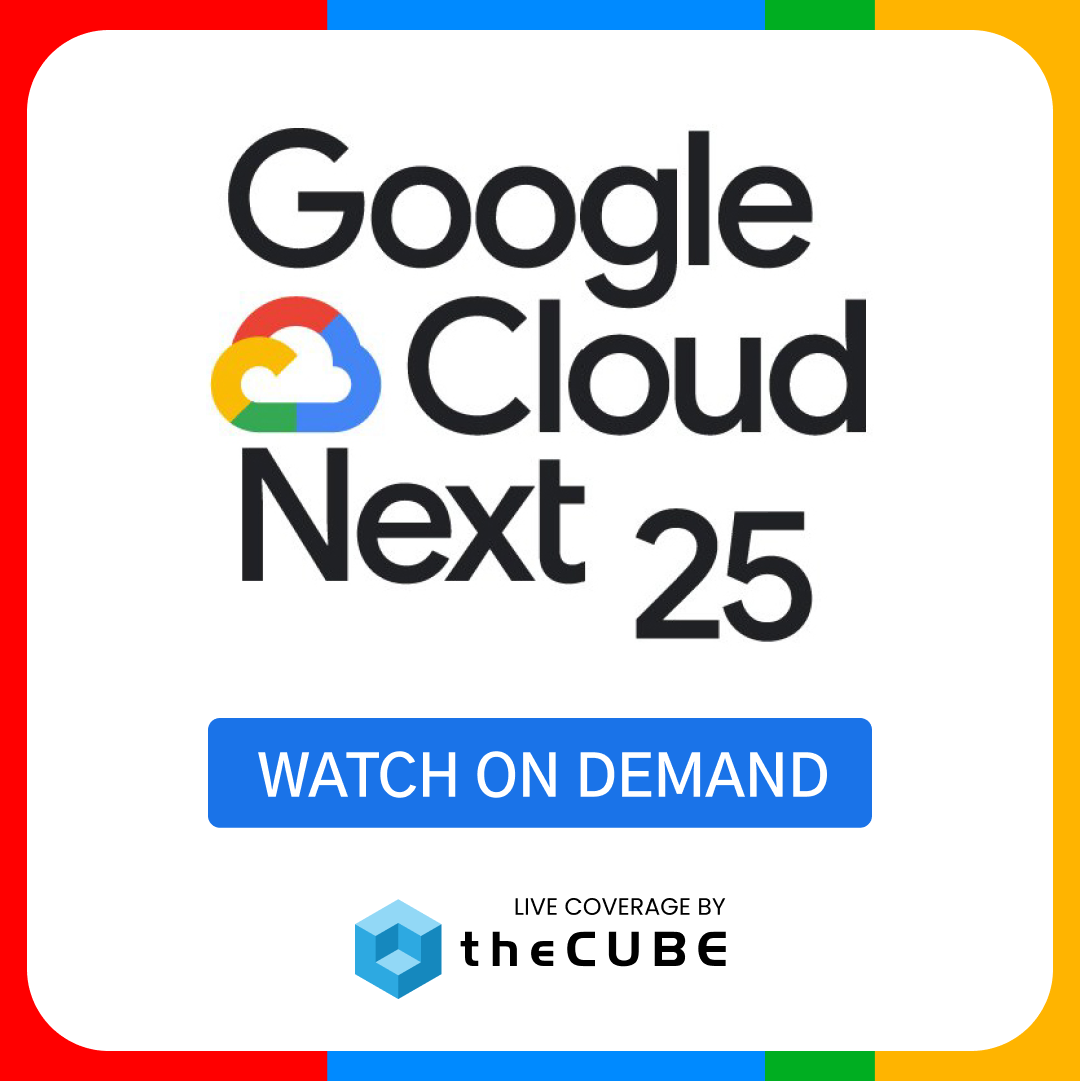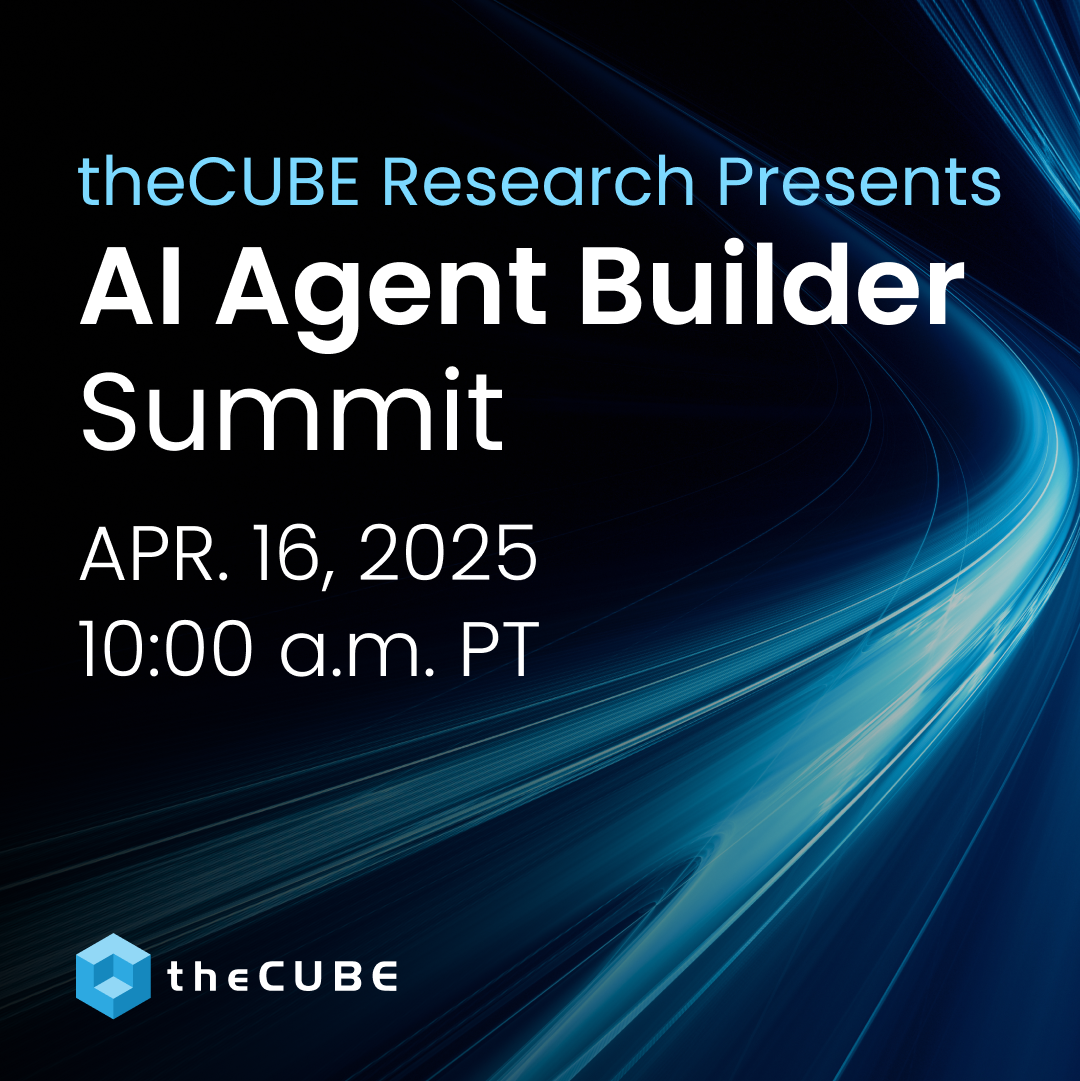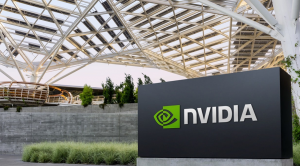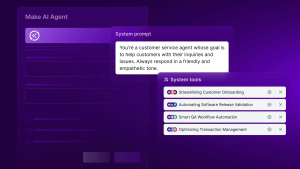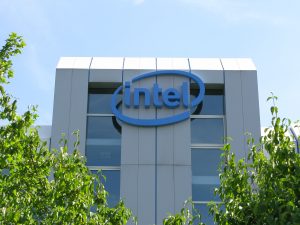Docker containers bring flexibility, agility to application deployment | #RHSummit
![]() Solomon Hykes, Founder and CTO of Docker, discussed the company’s latest developments and their collaboration with Red Hat with theCUBE co-hosts John Furrier and Stu Miniman, live from this year’s Red Hat Summit. “Red Hat is committing to supporting Docker in the future,” Hykes said, explaining how the company offered a jump start program to train some of their customers in deploying Docker services.
Solomon Hykes, Founder and CTO of Docker, discussed the company’s latest developments and their collaboration with Red Hat with theCUBE co-hosts John Furrier and Stu Miniman, live from this year’s Red Hat Summit. “Red Hat is committing to supporting Docker in the future,” Hykes said, explaining how the company offered a jump start program to train some of their customers in deploying Docker services.
Docker currently has 30 employees. They changed their name from DotCloud six months ago and raised $15 million in a series B round, bringing their total raised amount to about $26 million. Docker used to be just a platform that hosts applications online and runs them, but has added container and deployment technology, which explains the need to change their name.
Asked why containers were so hot, Hykes explained that “it starts with the application.”
“It does start with the software and what you want the software to do,” said Hykes, noting this approach leads to building the architecture it needs. “I like to think of the container as the Lego brick that makes the architecture possible. A container is a unit of deployment,” he said, defining the way you package your application for deployment.
“Our goal is for Docker to be available and ready to use on all major platforms,” Hykes said. Docker came out from Platform-as-a-Service (PaaS), so it is very connected. According to Hykes, PaaS is a specialized way to use containers, explaining that “if you use containers, it allows you to be more flexible down the road.”
Docker’s market positioning & future
.
Asked about comment on Docker’s market competition, Hykes said “Docker gets compared with a lot of tools in the DevOps world. The answer is the same for all: Docker is not a direct replacement for any of those, you can use them together. Docker does its own thing, it’s a container engine.”
Docker is currently at version 0.10 and releases a new version every month. It is not yet recommended for production use. “The next release will be the first release candidate. People are ignoring that and using it in production,” some using it on thousands of servers, Hykes warned. He went on to note some of the remaining obstacles in open source development and enterprise cloud adoption.
“The applications that are built today are being built for a platform that no one can point to,” Hykes said. “It’s out there, it’s not standardized. we’re at the same phase for the cloud that personal computer programmers were at in the 70s. There’s a frenzy for everyone to participate and build in it.”
Describing the Docker culture, Hykes said “we like to build things, typically we’re the kind of engineers that get obsessed about the tools. To build good software, you need to invest a bit of time into the tools. We want the tools to be awesome.”
A message from John Furrier, co-founder of SiliconANGLE:
Your vote of support is important to us and it helps us keep the content FREE.
One click below supports our mission to provide free, deep, and relevant content.
Join our community on YouTube
Join the community that includes more than 15,000 #CubeAlumni experts, including Amazon.com CEO Andy Jassy, Dell Technologies founder and CEO Michael Dell, Intel CEO Pat Gelsinger, and many more luminaries and experts.
THANK YOU





